Wayne Bryan, father of the tennis twins, wrote a long, thoughtful letter to the USTA some while ago. My blog 117 condenses a few points from the letter. My post “The Guerilla Bureaucrat†calls for a powerful insider to throw appropriate light on the exit of college tennis scholarships to international players. And to the link between no scholarships for American players and no quality American players winning slams or even getting close. For years no one has done much to confront this cocktail of demise for American tennis. Contrarily, Coach Bryan may now have hit a major nerve with American parents. Then follow Patrick McEnroe’s response. http://tenniskalamazoo.blogspot.com/2012/02/patrick-mcenroe-responds-to-wayne.html Along with both long letters, it is essential to read the attached comments.
My gratitude to Coach Bryan includes appreciation for his effort to change the situation. Having similar feelings for over 40 years of coaching college tennis, I am also aware of the need for powerful leadership capable of rattling the cage of tennis people in America. (See blog 169, again.)
Having read Mr. Bryan’s letter and Mr. McEnroe’s response, I then tallied the comments about Internationals in American college tennis. These represent about 30% of the total comments on the letter.
Summarizing the pros and cons these main themes showed up:
NO CHANGE NEEDED. 1. Internationals add diversity to our school. Better players, better attitudes. 2. Our school’s tennis team quality would be drastically reduced with US only, or limited rosters. 3. The USTA doesn’t govern college tennis, the NCAA does. 4. Limitation is unconstitutional.
I don’t disagree with 1 or 2. Number 3 needs some comment. While the NCAA governs Divisions 1,2,3, the INTERCOLLEGIATE TENNIS ASSOCIATION is an affiliate of the NCAA. It’s predominate membership is made up of college coaches. Historically there was a serious move to have a 50/50 limit, or half of scholarships allotted to be reserved for Americans. And, in fact, the voting college coaches approved this “quota†by a substantial margin. While this recommendation passed, it was never implemented. Why? Number 4 or legality. While the precedent for legal concern only has a 1970 track case as the law on this question, there were also many behind the scene concerns by the ITA. Mainly there was the fear of a threat to withdraw from the ITA by many of large and successful schools and their coaches. MY guess is COLD FEET stopped this effort.
Some are rethinking #4. With only the 1970 track precedent, is it not possible to reserve American monies for American young people? Would the NCAA go to court on the issue? Is it true the NCAA is not a “state actorâ€, i.e, able to make decisions in the best interest of the organization?
Coach Bryan’s letter elicited many strong comments from American parents. One included a similar core belief that I have been convinced of, more so lately. That being there is a direct correlation between very limited good scholarship availability equals very few high quality American players. In affect the NCAA having given not only American college tennis to internationals, but the opportunity to strive for scholarships and perhaps development into the high level players that are so missing at the upper level.
Here a few comments and thoughts:
*ON DIVERSITY, XENOPHOBIA
My guess an American on a college tennis team would aid roster diversity. One coach said “…quotas would bring back discrimination against Jewish and African American kids. This concern was expressed in the 80’s at an NAIA national tournament with a draw of 256 players. There were no Jewish entries, and one black player, Wayman Tisdale’s nephew. I don’t think there was a Klan entry. 28 of the 32 seeds were international.
My team played one of the top teams in the nation that year at their place. Match started at 1pm on a beautiful Sunday. Their coach stated half way through the match, that it was the best match they’d played at home. Near the end of the match I asked if he’d consider recruiting a player from this state? It was a state funded university, yet with a typical all international roster. His response was “…Oh no! Our fans wouldn’t tolerate a lesser quality of team!†I couldn’t resist noting that there were three non-players in attendance–me, him, and his school’s financial aid officer.
I saw several schools who fit this description: (a) a very talented men’s all foreign team (b) a much lesser skilled all girls team with American players. The girls stands were full, the men’s stands empty. I am convinced that , other than at the top level of college tennis the only American players would draw any fans. Parents, students, townspeople will follow familiar players. On the flip side the parents are now very well aware of what’s going on (“My kids have changed to Lacrosse†is typical commentary.)
Americans have proved the Academy System isn’t for them. And there is evidence Americans especially don’t want to give up their kids. No one cares about a player more than parents, coach or not./ Our great success has, in fact, come from a FAMILY model consisting of parental oversight, local pros, free play, tournament play, high school tennis, and college play (witness Evert and Father, Connors and Mother, Agassi, Chang, and on and on. With 17 million USTA dollars producing very little, our recent best, John Isner and Steve Johnson, came from the college/family development process. The Bryans are similar family/college products. Our colleges and universities spend 600 million dollars annually on tennis. And we give that in foreign to others children. Fifty internationals with American college involvement played Davis Cup this year for another country. We lost to Croatia.
We are literally paying to train them, to beat us.
The USTA spent over half a billion d0llars to enhance the US OPEN. We may soon have no one to qualify to play under the roof.
Physical size and speed and cultural changes have created a “blow back†from our two big money makers, Football and Basketball. Bouncing off that wall ,where do our talented kids go? Are we not in a position to get them to select tennis? I can tell you it won’t be without college scholarships available. Witness soccer, baseball, and now Lacrosse. Or skiing, or worse–extreme sports. The worst emerging choice is video games.
Being the proverbial small fish in a small pond, I decided to direct my efforts to helping high school tennis coaches, players and teams. See THE LITTLE GREEN BOOK of TENNIS.
With more scholarships available, more kids selecting tennis, there would be tremendous benefit from improving high school tennis. If nothing else, simply playing some twenty matches per season guided by a competent coach and enthusiastic teammates with the carrot of a possible grant-in-aid would help.
Other sports are following the same route or recruiting internationals. International basketball grants for both men and women take away from our poorest population . Fourteen top NBA draft picks were international. Any international sport (golf, volleyball, cross country/ track and field, soccer, etc ) will attract coaches and schools only interested in winning. Coaches can’t be blamed, or entrusted to make change, given the threat of being fired.
In 1970 Title 1x became a deserved godsend to our women. Soccer is the most widespread international sport, yet American men have never won the world cup. Our women, since 1970, have won three times. This year’s women’s roster included 23 Americans all of whom played college soccer on soccer scholarships. Duke’s women’s golf team has finished first and second in NCAA GOLF, the last two years. Neither year was there an American girl on the roster. Was this the purpose of title 1x?
It is indefensible to give grants to international without admitting you just bumped an American.
No tags



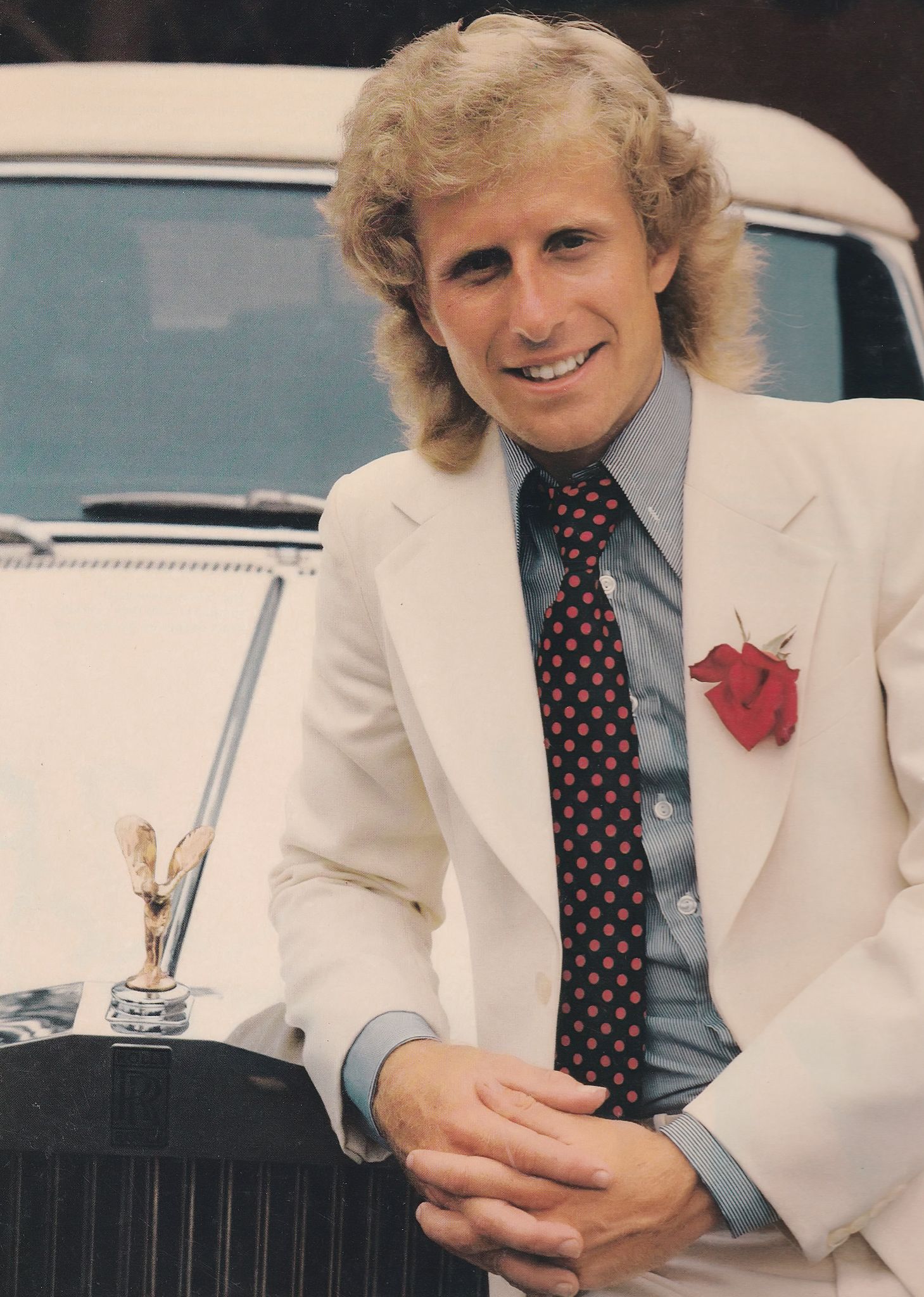
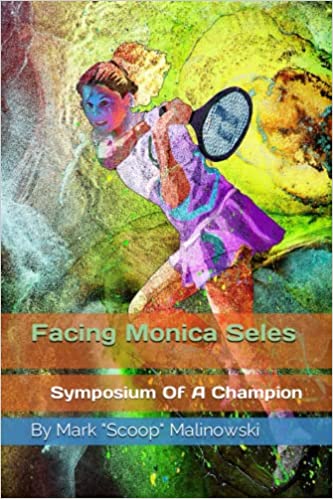
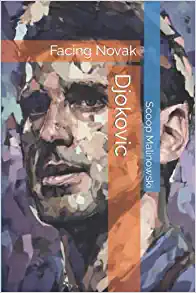
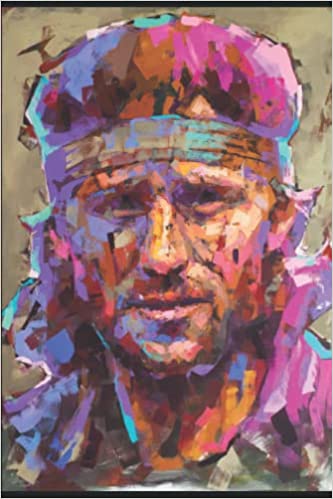
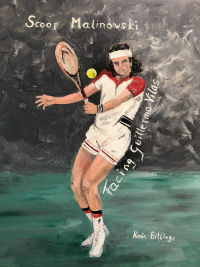
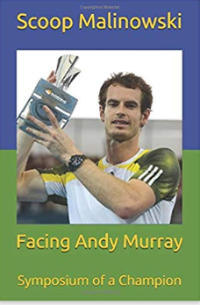
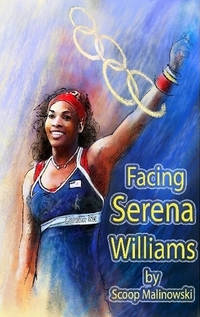
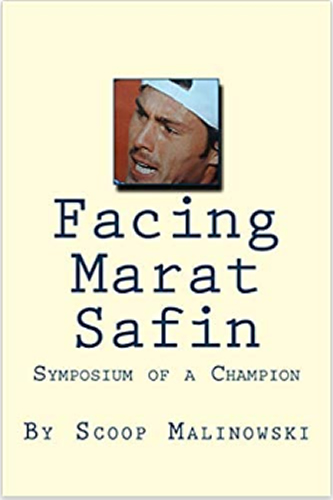
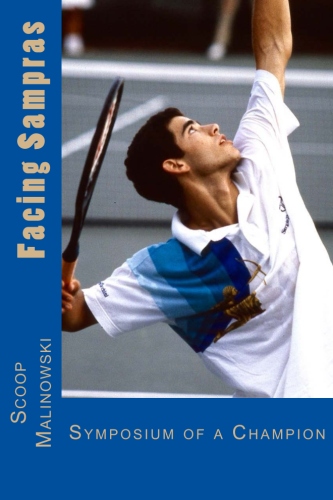
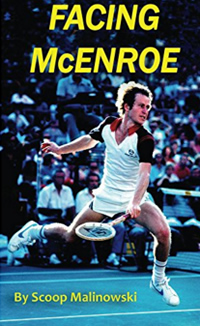
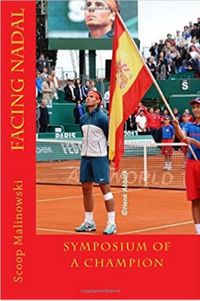

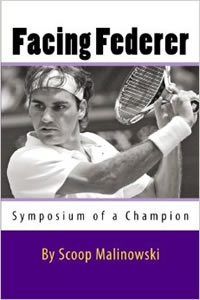
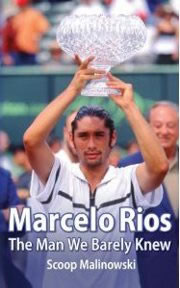

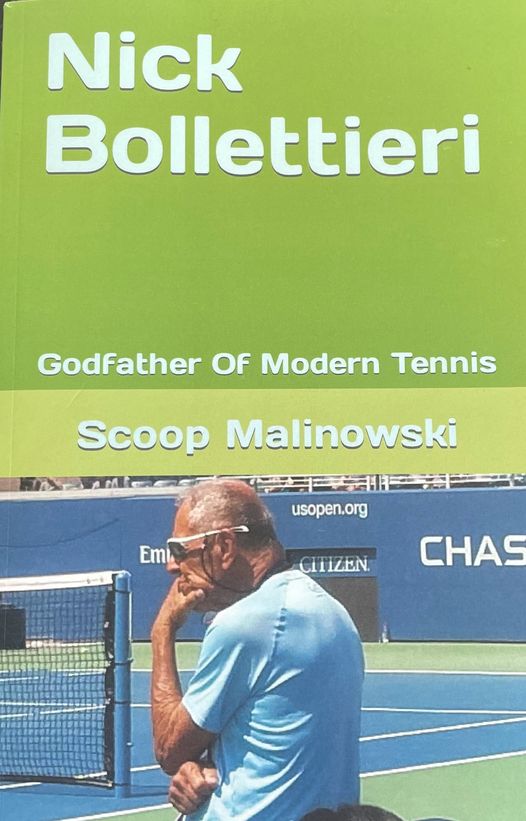


Dan Markowitz · November 7, 2016 at 4:41 pm
Thomas, thanks for the thought-provoking article. Which college team did you coach for 40 years or did you coach multiple teams. I too have mixed feelings about international players making up the bulk of most good college tennis teams’ rosters. It does seem terribly unfair to American high school players and juniors who get closed out of playing college tennis because of this influx of international players. Since there’s no college athletics in foreign countries–as far as I’ve heard–all the good international players who don’t turn pro come here to get a tennis college scholarship.
But here’s another injustice put forth by the USTA, my son, who’s 10 and has been playing yellow ball tournaments in 12 U events for two years, has now been mandated to play Orange ball Level 2 tournaments because the USTA wants American juniors to follow the progression of red, orange, green to yellow balls. If my son had been ranked in the top 150 in his Eastern section, he would’ve been grandfathered into the 12 U events, but since he plays travel baseball too he didn’t get enough tournaments in before the Aug. 1 deadline. He played a few 12 U tournaments in Aug. and immediately lowered his Eastern 12’s ranking to no. 96, but right when I tried to get him into a big 12’s tournament in New Jersey in September, the USTA denied him by saying he hadn’t been top 150 by Aug.
It’s really stupid–I bumped into Eric Butorac today at my club and he thought so too–for the USTA to mandate what color boy 10 and under kids can play events in especially, since my son was invited the last two years to play in the Capital Clash, a green ball event where only the top 4 kids of each section is invited. Now the USTA says he has to go back to playing Level 2 Orange Ball events until he turns 11 in May. So this means for 9 months, my son can’t play tournaments because he refuses to go back and play Orange Ball.
catherine bell · November 8, 2016 at 8:02 am
Dan –
Obviously I know very little about the US junior setup but from what you say about your son it all seems awfully structured to me – and unfair if it shuts out kids who fall between the cracks for various reasons.
Does the USTA still run the National age group competitions or are they called something else now ?
Andrew Miller · November 14, 2016 at 5:20 pm
US tennis ought to be democratic, and that means ensuring exposure of EVERYONE to tennis as WELL AS FX players have a seat at the table. For every Somdev Devvarman that wins two NCAA titles, there’s a Ryan Shane who knocks down his own individual NCAA and TWO TEAM titles. We can’t see this any other way: Somdev, India’s top player, made UVa a better team and it led to guys like Shane, eight years later, putting up a huge NCAA career. One guy’s from India, one’s from the US, and without one guy we wouldn’t have the other guy and the ACC would have a worse level of tennis. And UVa’s team is mostly U.S. players with a few international players who make the U.S. players better. That’s a fact 🙂
US tennis’ issue isn’t the lack of scholarships, it’s the lack of a democratic system. Players are cherry picked – that leads to players getting higher level support without earning it.
Bottom line, and the Williams sisters have proved this, is that no one knows where the next champ comes from. They could be like Escobedo, whose dad is from Mexico. They could be Fritz, whose dad, like Escobedo, was also a pro, who’s from California. They could be like Tiafoe, whose dad just liked tennis but has more of the Younes al Anawei story of his dad worked at a tennis club. That’s the beauty of the system when it works well.
When it works badly there’s favoritism, it’s undemocratic, and people get promoted who have no hunger and no game. We need a guy with the game of Tiafoe, sheer raw ability, and the hunger of Connors, not someone waiting for something to happen.
What they need to do is follow PMAC’s successful philosophy which absolutely rooted out the favoritism in favor of a “play to play” model where young players compete fiercely. It’s worked out with Rubin, Tiafoe, all those guys – no one’s waiting on Tommy Paul to win titles, as he has homework to do to join his peer group. They are players with all different shapes and sizes and games and most of them have a backhand.
I’ve got to say that PMAC knew what he was saying – he was doing most of what Wayne Bryan talked about. If he listened to Mayotte a little more then guys with unorthodox games could find ways to make some small adjustments with big payoffs.
Andrew Miller · November 14, 2016 at 5:24 pm
In other words, California’s doing something right. Look at Steve Johnson – NCAA’s best player of all time behind McEnroe. Steve Johnson came out of a system with the toughest standards, and here he is, best or second best US player depending on the day. That’s success right there for a regional system from California, who’s playing the best tennis in the country outside of a small pocket of folks in NY and in College Park. And that’s it – intensely competitive places with amazing coaching around them. Results speak for themselves. The US is back BECAUSE of those pockets of players and regions where players get the best competition.
Andrew Miller · November 14, 2016 at 5:25 pm
And the academies don’t work on peoples games. Remember my story:
“HIT HARDER!”
That’s it, that was the level of coaching. Hit harder. Wow.
catherine bell · November 15, 2016 at 8:06 am
Andrew –
Do you mean there are definite barriers to players developing in the US – based on $$$$ or class, ethnicity, what ?
When you say people are ‘cherry picked’ who does the picking ?
Just interested because I’ve heard versions of the same over many years.
BTW – McEnroe was only at Stanford for a year. Does that really qualify him as an NCAA player ? His tennis development took place around that.
(I suppose Connors could be termed an NCAA player, since he attended UCLA rather briefly)